How I spend it... three artists share their obsessions

Roula Khalaf, Editor of the FT, selects her favourite stories in this weekly newsletter.
Albert Hammond Jr on coffee
The Strokes’ guitarist loves the ritual of the daily grind
I love coffee. I’m not sure if I’d call it an obsession – I like “ritual”. I love the art of coffee – how it changes daily, and how you never really know where you’re at with it. Sometimes, you can be blown away because you just do it so right. It’s such a good cup, and you’re like, “How? What did I do differently today?”
It’s like surfing. You can’t really predict every part of it – you just have to go with what’s happening. And the more you do it, the more ability you have to see and understand the nuance. Everything in life is like that – just subtle nuances. If you understand how to read them, you can adapt and change.
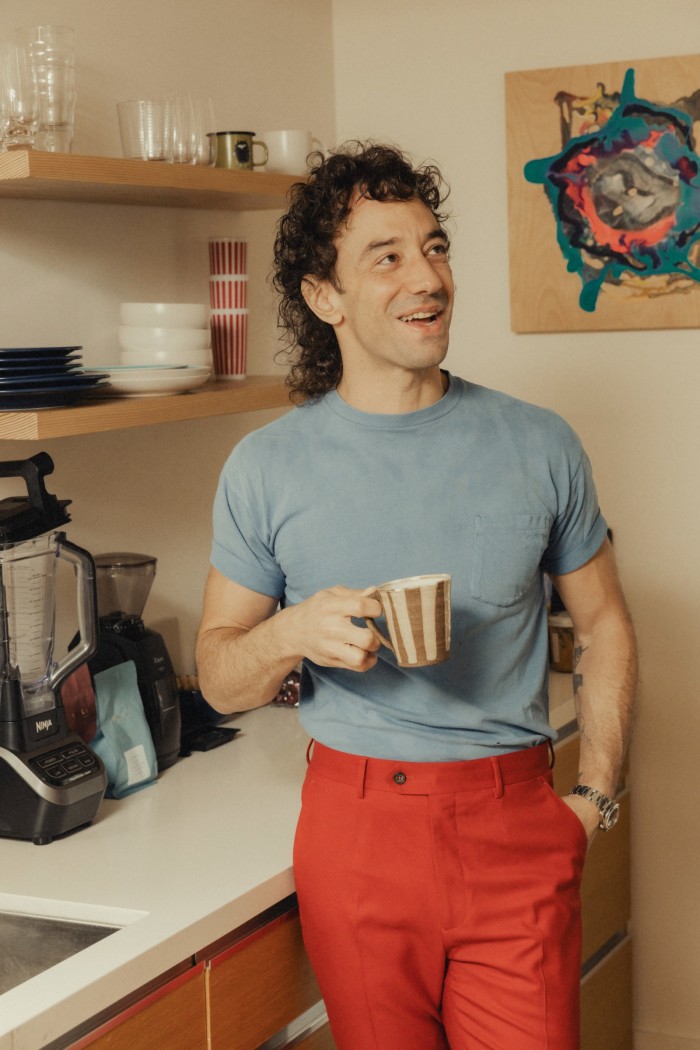
I make espresso when I’m at home, and pour-over in my studio about half an hour’s drive away. I got an espresso machine when I turned 40, in 2020. Before, I didn’t care so much – it was just caffeine intake. Nick [Valensi] and Fab [Fabrizio Moretti, two fellow Strokes] were into it, but I was like, ‘I don’t care, I’ll just use a Nespresso.’ But when I moved back to LA, where I was born, there’s a strong coffee culture that I really enjoyed. Soon I started making better coffee at home than when I went out and bought it, which was exciting.
I first bought a mediocre-to-lower coffee machine, which is good for learning, but it will never pull the shot right because it just doesn’t have the right mechanics. Then I wanted to move up to just, like, a good machine, but my wife and my mom were like, “Oh, you’ll just get that and then you’ll want another one – just take the big jump.” So I did, and it’s beautiful. It’s a La Marzocco GS3, and I’ve only found one or two people who have a similar one. It’s a small club. You see them all over quality coffee shops, but they’ll have four heads as opposed to one, which is what I have. So I could open a coffee shop with it – it would just be a very slow, small coffee shop.
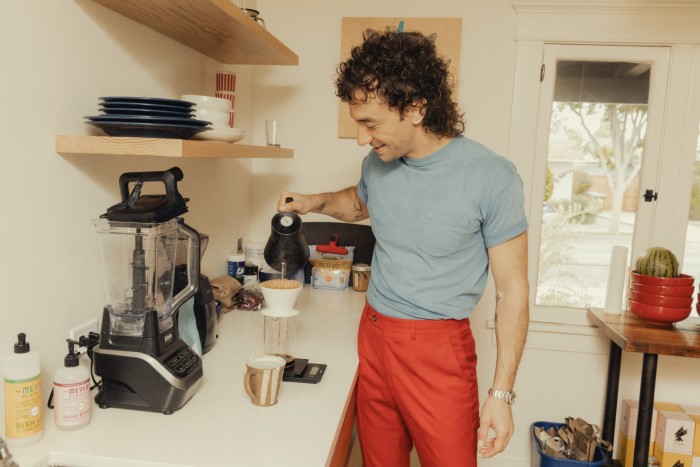
I tend to have just one cup in the morning – occasionally I’ll have two, but more just because I made a really good cup, and I really want to taste that. If you start having three or four a day, especially someone like me, you’re just pushing it, and you burn out.
Go Get ’Em Tiger, LAMILL and Onyx Coffee Lab are the roasters I’ve been circling around recently. It depends on the beans and what you’re trying to get. I like to switch it up – I like variety. I like it when they give you recipes. I wouldn’t say I have any no-nos. I do feel like lattes are a little excessive on milk: you’re just drinking a lot of milk, whatever milk it is. And I don’t think a huge cup of coffee is necessary either: a 20oz cup is a bit ridiculous. But that’s just my taste.
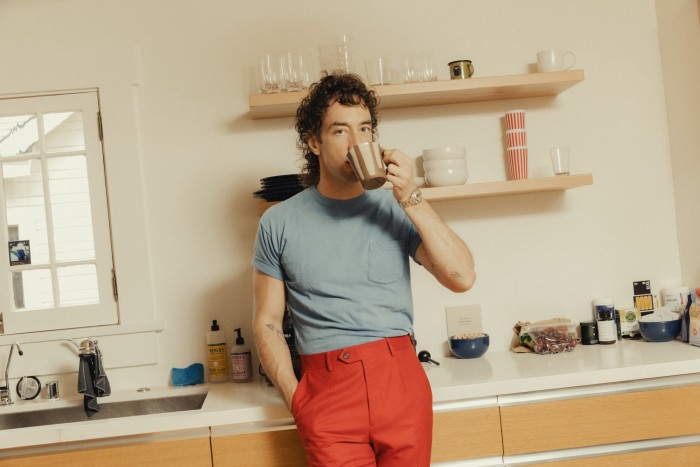
I don’t really need coffee to get me going with songwriting. That’s very much its own thing – it’s its own fuel. And I can’t say that making coffee is like writing songs either. The difference with songwriting is that, at its core, you sometimes need to be a child in a sandbox playing, as lame as that sounds. Making coffee is more of a ritual, like rolling tobacco or I guess the way I did drugs. It’s a ceremony, almost – a moment where you’re connecting with yourself and something that you’re about to consume. Songs? I can’t see them like that. Although maybe practising is the ritual. As told to Louis Wise
Melodies On Hiatus, by Albert Hammond Jr, is out now on Red Bull Records
Sudan Archives on the violin
The singer and musician is reclaiming the fiddle
The western view of the violin is that it’s made in Italy. People think of white composers and orchestras. They look at me and they think, ‘Oh, wow, this is an anomaly.’ But I’m not – the violin is black just as it is white. Slaves played violin; fiddle music is its own culture. There’s so much more to the violin than classical-style playing. It has different skins and shades.
I first picked up a violin in fourth grade, when a group of fiddlers came to my school in Ohio for a presentation. They were standing up and dancing; the music was upbeat. Essentially, it was dance music. Looking back, I guess that’s why I liked it. The songs have been passed down for years and years, and you can feel that in them. But what’s coolest about fiddle music is that it’s fast: it makes you move.
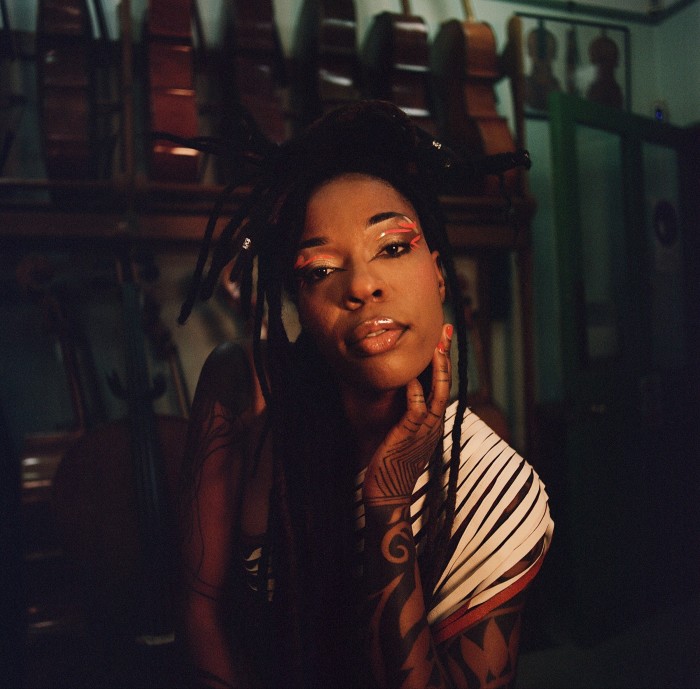
After that I was obsessed with learning to play. I wouldn’t say I’m fully self-taught, but I play by ear and can’t really sight-read: I couldn’t afford lessons. I played in church three times a week and went to an after-school fiddle club where I learned tunes I still remember to this day – Swallowtail Jig, Devil’s Dream, stuff like that. If I was disciplined it didn’t feel like it; it felt fun. Playing makes me feel holy.
I have five violins. One is a Realist Violin, which is a wooden acoustic with a pick-up. The second is a black Yamaha Silent that takes a battery, so I don’t really like that – I have enough wireless systems and batteries to deal with. The violin I’m touring with is from the Electric Violin Lutherie. It looks acoustic, but it has a Barbera pickup, which is the best pickup you can get right now. And the most expensive one is a regular violin I got from Baroque Violin Shop in Ohio; I never play it. Violins that aren’t electric feel like a weighted blanket.
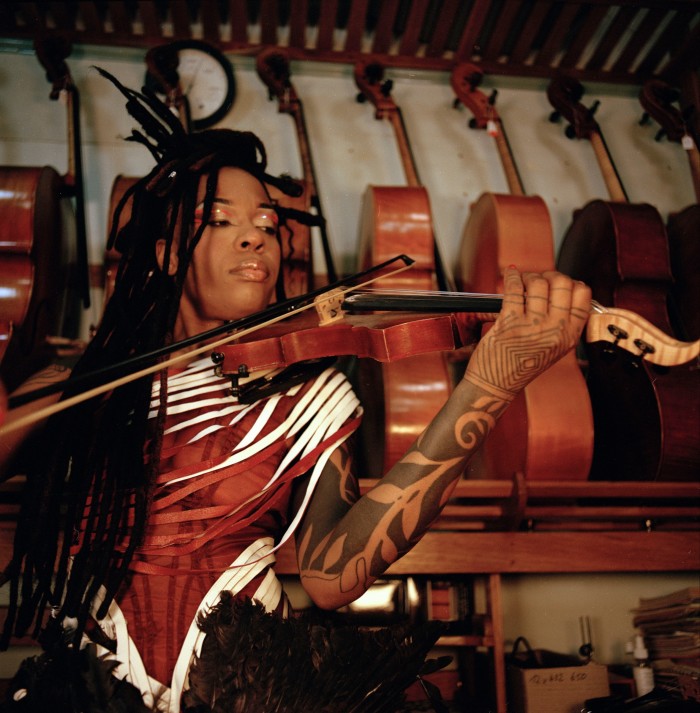
Some people want their violin to sound like a violin. I want my violin to sound like a violin – but sometimes I want it to sound like a guitar or a saxophone. My thing is going crazy on the effects, which I do with pedals. [Violin] takes a while, but you get better and better. I felt more confident playing with a Loop Station because I could make arrangements and layer the sounds. I started layering and layering until it was a big layer of dissonance. Then it sounded good.
I’m grateful that I started off by feeling my way through, although now I’m trying to learn more technically. I want to have a black-owned violin shop with lots of African string instruments. And I want to make my own electric violin. It would be very ornate – something you could see from the crowd – and would attach to you like a guitar does with guitar-style tuners that snapped back no matter what. You’d never be out of tune – unless you wanted to be.
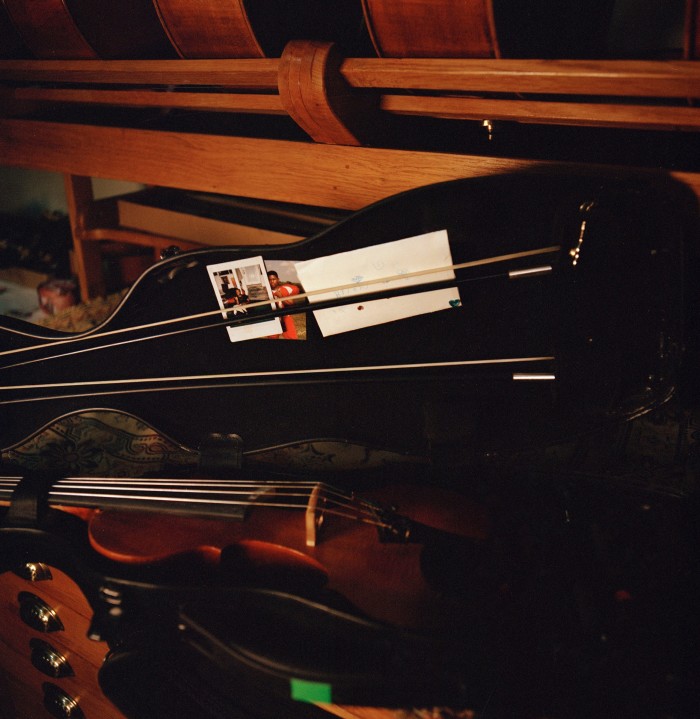
Recently I got to play with DSharp, one of my violin idols. DSharp is one of the first black violinists to go on YouTube and get famous off that; he’s basically the Soulja Boy of violin. He knows how to play fiddle music just as good as classical music; his style is so wild and free. A lot of violinists are amazing, but I’ll have to say, ‘Can you dirty it up a little bit? Can you make it sound more Celtic?’ I don’t have to do that with DSharp; he’s got that twang.
I used to think you could teach the twang; now I’m starting to think that you can’t. The twang has to be in you. The other night I went out and partied all night – I like to talk to my fans and hear what they want next – and a guy was dancing next to me. It wasn’t like he couldn’t dance, he just didn’t really know any moves. But he was still going for it. That’s an example of the twang. As told to Rosanna Dodds
Bernadette Peters on rescue animals
The musical theatre star could only ever leave her dogs for Sondheim
I grew up with a love of animals. My father used to save birds that fell out of their nests and he would bring them in. As a child, I begged and begged and begged for a dog and we finally got one. She had puppies, twice. It was my joy to be around puppies. I didn’t get to keep them, but I found them all good homes. I interviewed everybody carefully before I gave away a dog.
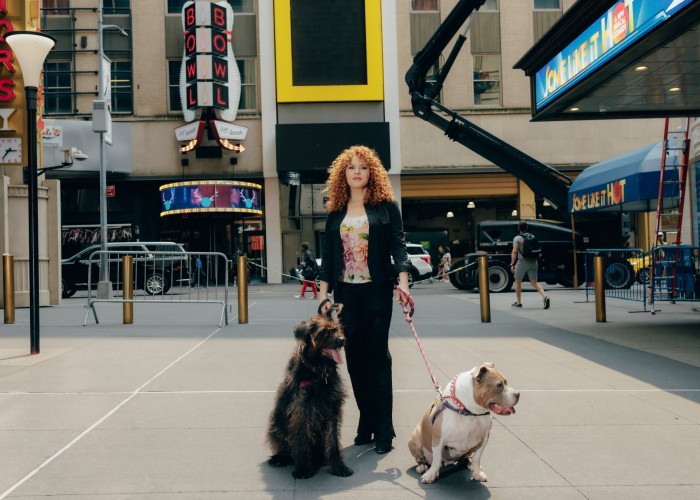
Much later I was on Broadway in Annie Get Your Gun, which won the Easter Bonnet competition – this rewards the show that raises the most money for a leading Aids charity. Me and my friend Mary Tyler Moore began to wonder who we could help next. I had just been at the city animal shelter and they really needed help because they were overflowing with animals – cages were stacked up on top of each other in the hallways. We got the idea to do an event in Shubert Alley on Broadway called Broadway Barks, where people could come and adopt a rescue animal. It’s been running for 25 years now. All the animals are there and they’re full of love, and all the people who want to adopt them come looking for someone to join their family. They’re kind of a little gift for humanity – they teach us things about love and how to love again, because they don’t live as long as we’d like them to.
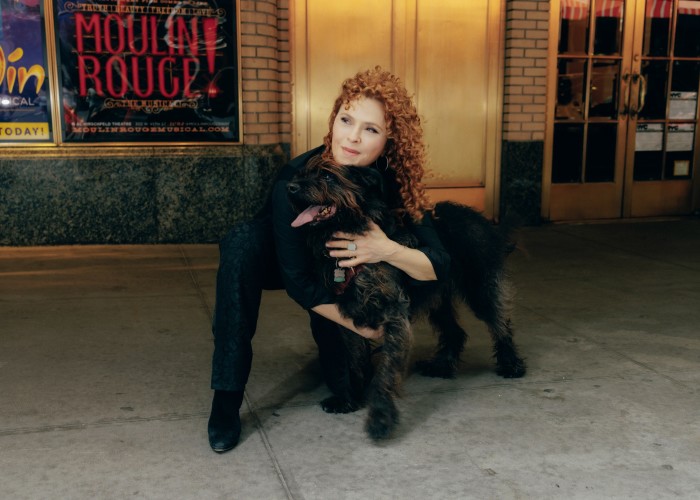
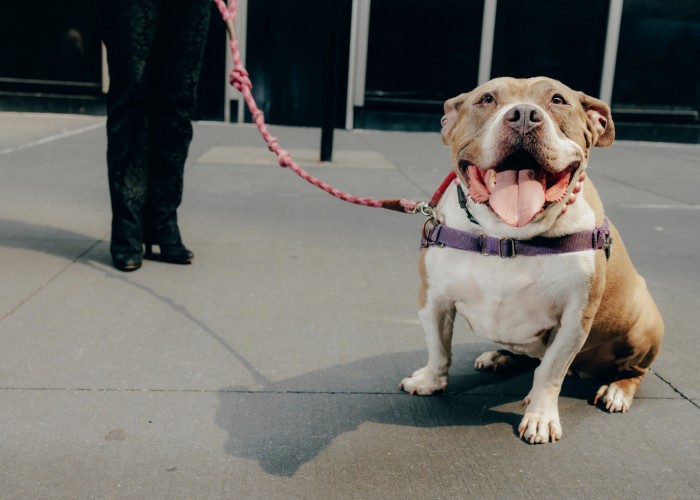
I believe pets are creatures of elevation – they have an elevated consciousness that we aspire to. They understand so much more than we give them credit for. I went to Africa and watched a pride of lions and they’re so loving to each other and the family and the babies. You look at them and life becomes simpler.
I have two dogs at home in New York, Charlie, a mutt mixed with many breeds masquerading as a Labradoodle, and Rosalie, a pitbull, who are both adopted. Currently, though, I’m having to manage without them, as I’m over in London performing in the West End. The show, Old Friends, is a tribute to the late Stephen Sondheim, whose works I’ve spent so much of my career performing – Sunday in the Park with George, Into the Woods, A Little Night Music, Follies… (Steve was a dog lover who had very smart poodles.) The show is a celebration of his works.
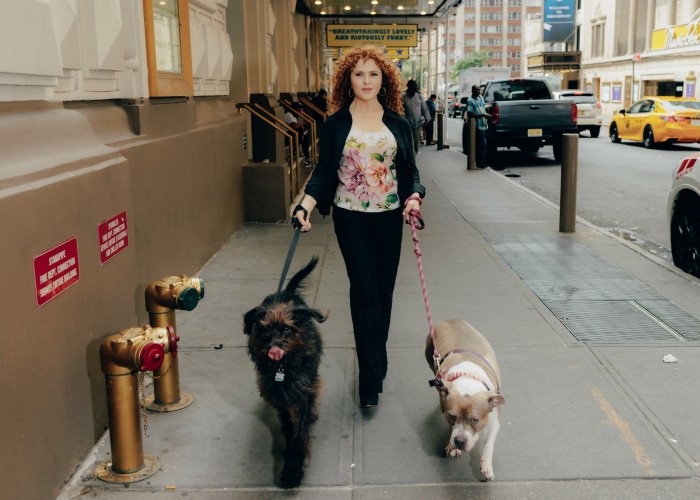
This current show came about because the producer Cameron Mackintosh called me after Steve had passed saying that he wanted to do a benefit in London for Steve’s foundation. I had a dressing room with Dame Judi Dench and Petula Clark and Julia Mackenzie and Imelda Staunton and it was terrific, a real feeling of community. When Cameron mentioned that he’d like to put the show on for a longer run this year, I thought, “Well, I’d like to experience that again.” But the only reason I could agree to do it is because I have dear friends, a couple that come to live at my house with my dogs while I’m away. They won’t even go out at night – they’d rather spend time at home with the dogs. As told to Tim Auld
Old Friends is at the Gielgud Theatre, London W1 (sondheimoldfriends.com), until 6 January
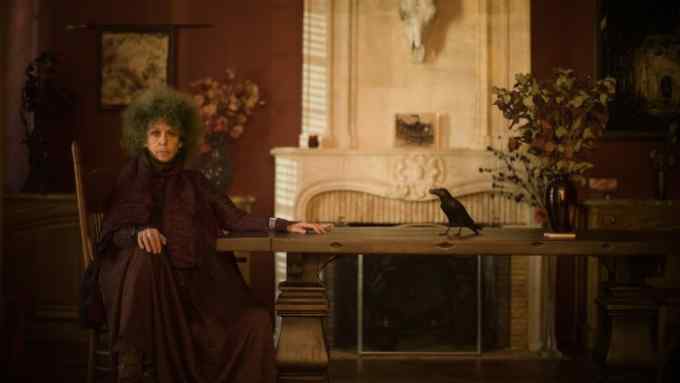
Comments